Plenty of planning opportunities have been missed in Aberdeen, but we can learn from the successes of cities in other countries, writes local resident, Dr Anna Paterson.
Central Aberdeen is unique, a one-off among city centres – historic, eccentric, often magnificent.
Many feel that the grand granite heritage has been diluted – frankly, spoilt – by more recent changes in building and traffic flow.
Just now, thinking about how cities should look is changing again, in response to net zero goals and, of course, lack of funds. Put it another way: spending millions of pounds on fancy light fittings, miles of paving, and pedestrianised islands in unlivable cityscapes is as outdated as it is unsustainable.
How can we create assets that enhance city life cheaply, quickly and, yes, sustainably? Plenty of opportunities have been missed in Aberdeen; just consider the two indoor markets on Union Street. Both were underused, unpopular and crumbling.
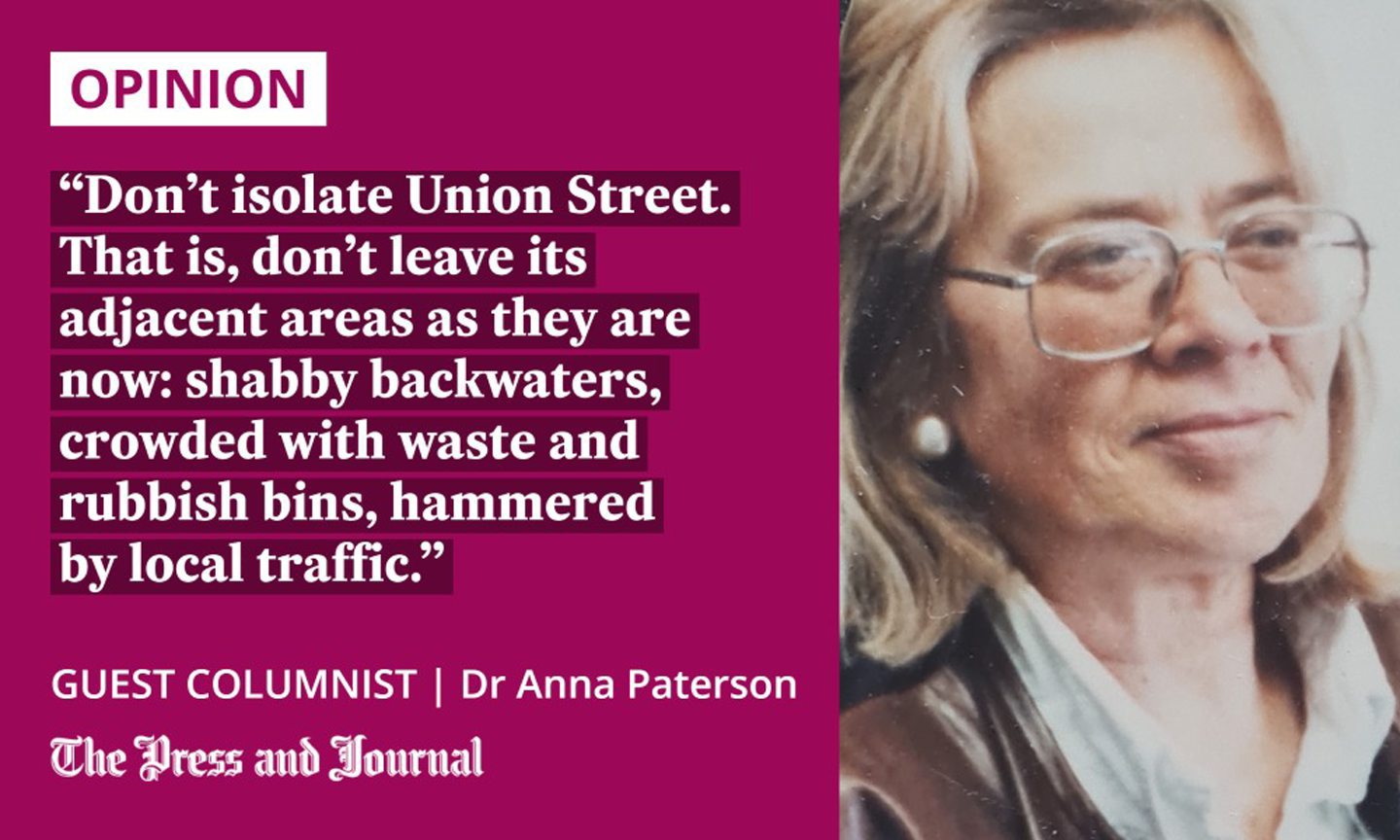
Demolishing one of them left a great, open site. It could have been turned into a central, green space, much-needed now that Union Terrace Gardens has been expensively paved over. Instead, the city planners decided to build… yes, a new indoor market.
Meanwhile, the Trinity Centre lost out. It could have been made into a nicer and more user-friendly space at much less cost. Too late to change now, sadly.
The changes proposed for the Castlegate and the beach access are surely misplaced for very similar reasons, but the more urgent case is Union Street.
Aberdeen and Grampian Chamber of Commerce has, rightly, demanded quick and cost-effective changes. Here are some suggestions.
Dos and don’ts for a better city centre
Don’t isolate Union Street. That is, don’t leave its adjacent areas as they are now: shabby backwaters, crowded with waste and rubbish bins, hammered by local traffic. It is a splendid street, but interacts with its environment, as does everything and everyone.
It need not cost much to clean up areas on both sides. Do simple things to make the networks of streets, wynds, gardens and yards green, quiet and charming. Simple things like making it easier for businesses and residents to keep waste bins out of sight and off the pavements, perhaps with designated collection points.
Do not put trees and shrubs in big pots – they get used as waste bins. Instead, do turn the full length of Union Street into a tree-lined boulevard
Pedestrianise wherever possible and ban parking, except for residents. I mean Golden Square, too! Small businesses and their customers would love it, and the footfall would benefit Union Street.
Limit the number of outlets for alcohol, vaping and so on across the city, and offer rent reductions for more imaginative shops.
Greening the streets is important, for many good reasons that surely don’t need repeating here. Do not put trees and shrubs in big pots – they get used as waste bins. Instead, do turn the full length of Union Street into a tree-lined boulevard with wide pavements.
The centre should be more bicycle friendly, but go easy on the tarmac. Cobbles are wonderfully effective traffic calmers and, more importantly, environmentalists have argued for decades that sustainable urban drainage is an essential part of water management.
More controversially, it is worth keeping in mind that some cities permit only hybrid, electrical or hydrogen powered vehicles as city centre traffic.
Inspiration from abroad
Looking abroad for city planning models is a very worthwhile exercise. This summer, I was in a northern European city, similar to Aberdeen in many ways, but more intelligently as well as more sustainably managed: Uppsala in central Sweden.
They had done some of the simple things already, long ago – limited new buildings, and found interesting ways of updating and using old ones, created green spaces, planted trees, and regulated traffic.
Perhaps the most important city centre improvement there had been cleaning up the small river running through the city. Now, fish and greenery are thriving, and the riverside has quickly become a vital feature, surrounded by pedestrianised streets and pathways, small parks and duck boarding for easy access to the water.
Inevitably, because the setting is so attractive to all ages, footfall has increased, the retail scene is lively, and cafe culture is spilling over into the streets, despite Uppsala being further north than Aberdeen.
What can be done with the Den Burn? Aberdeen city engineers – a challenge?
Aberdeen and Uppsala are well matched
For those who think this kind of charm offensive is all very well for small cities, think again. Aberdeen and Uppsala are well matched in many aspects.
Their populations are comparable (177,074 for Uppsala in 2019, and 198,590 for Aberdeen in 2020), both are ringed by industrial and residential areas, and both are county headquarters for thriving agricultural regions.
Aberdeen’s industry is the more powerful, given its links to the North Sea fishing and fossil fuel industries, but Uppsala has invested smartly, including in various offshoots of university research – especially in biomedical science enterprises.
As for city learning and heritage, both places have been religious centres since the 12th century. Great cathedrals were built in both, and universities founded – Uppsala in 1477 and Aberdeen 1495.
Which points to yet another question for Aberdeen: how can we further integrate the universities into the fabric of the city?
Dr Anna Paterson is a translator based in Aberdeen
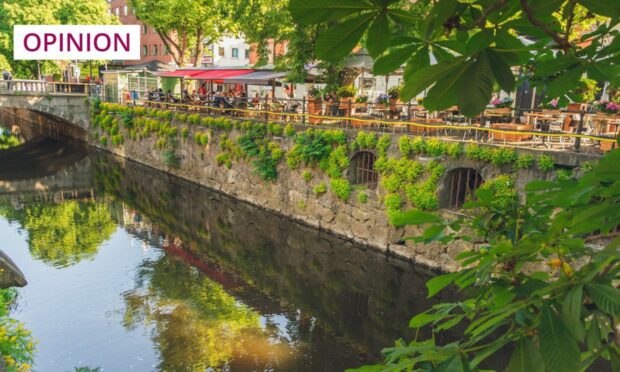
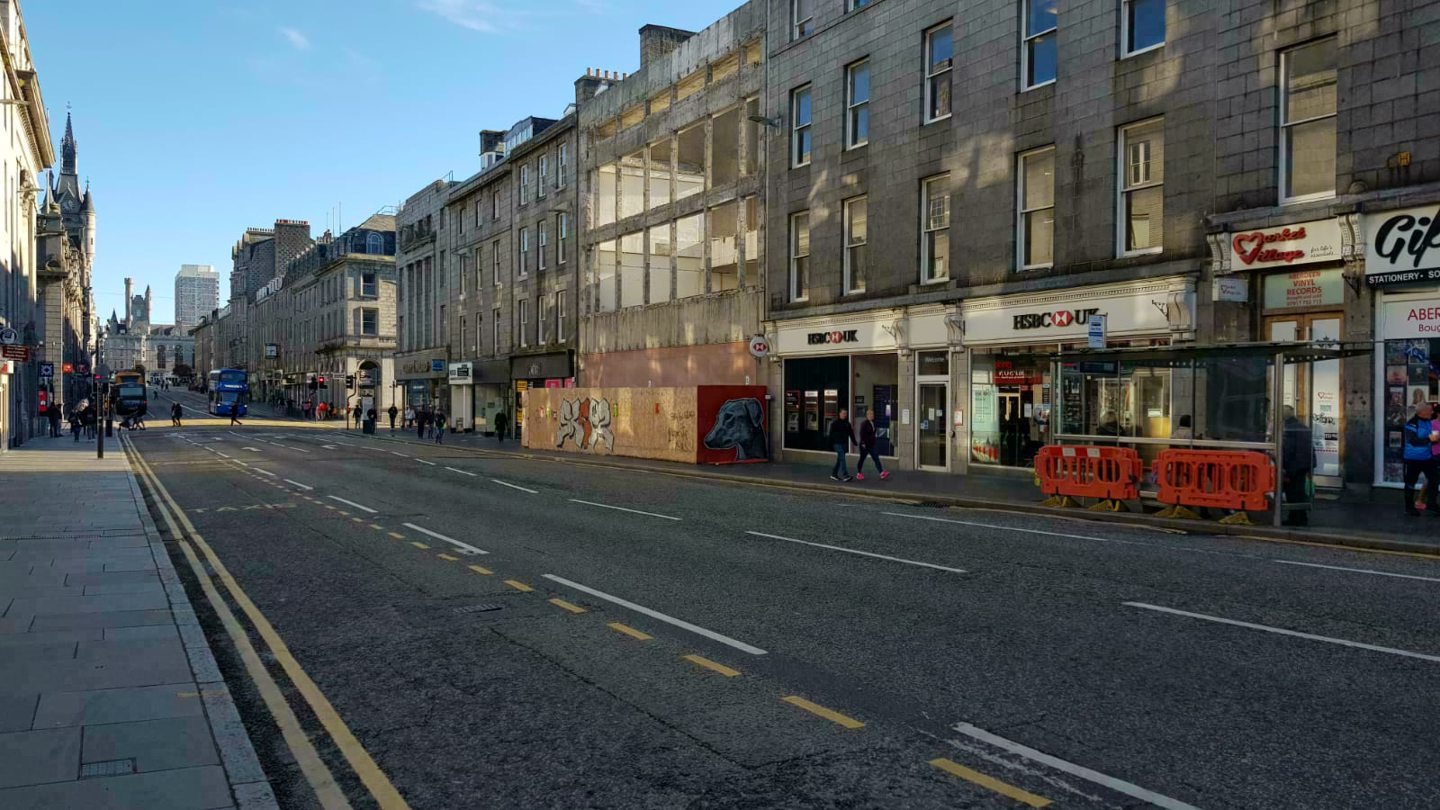
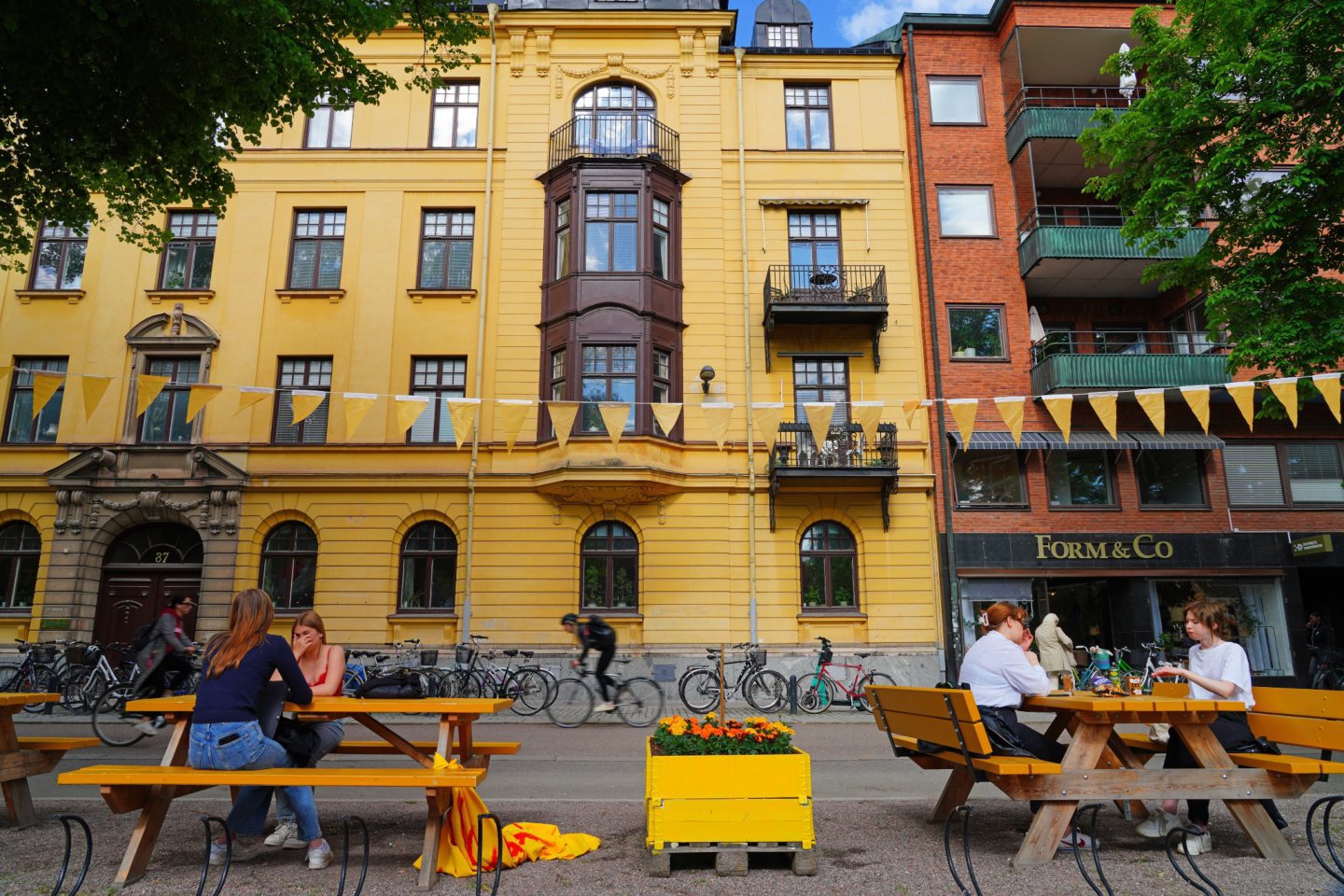
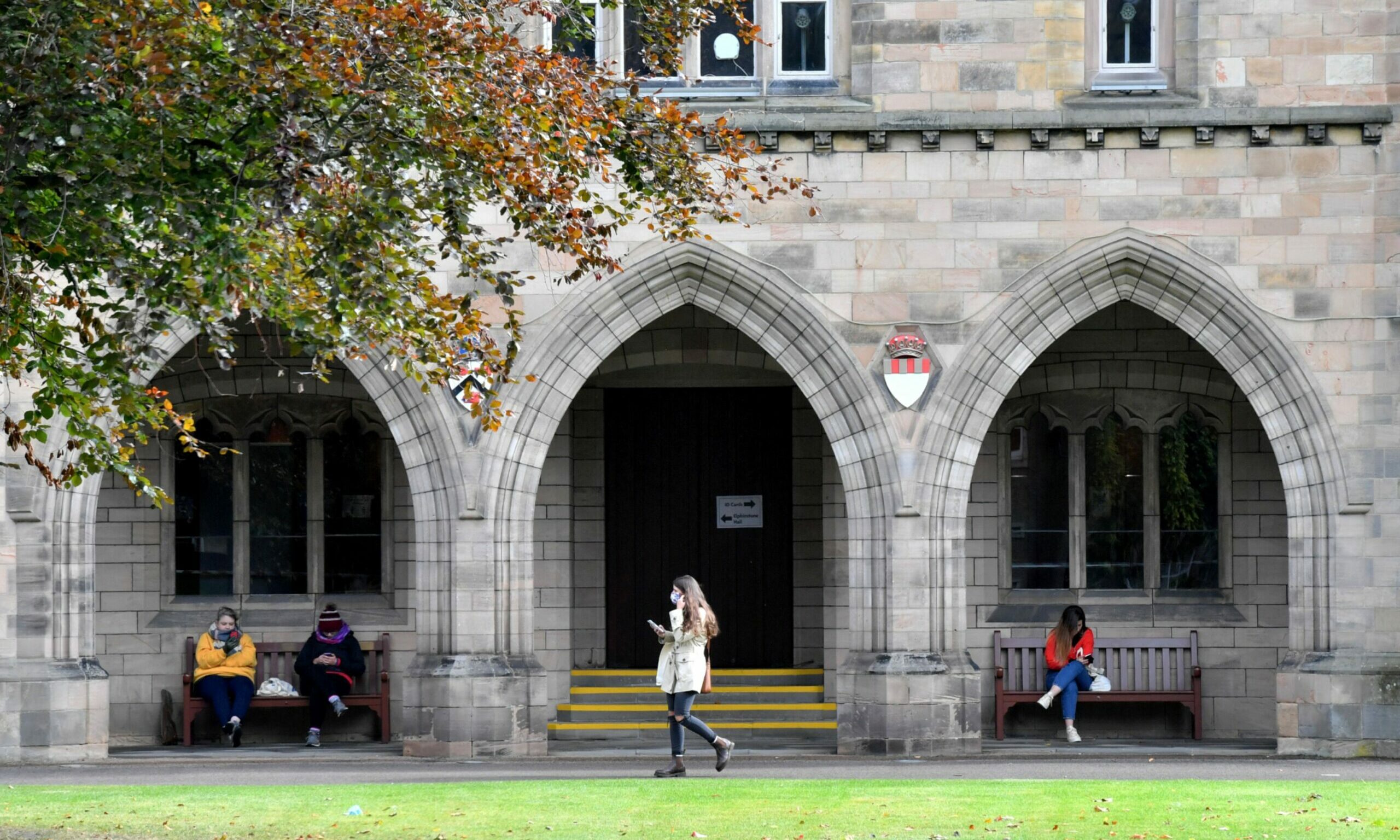
Conversation